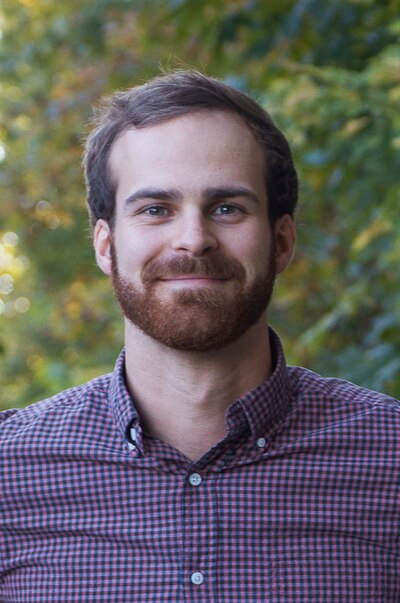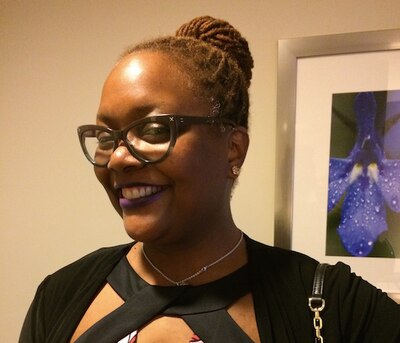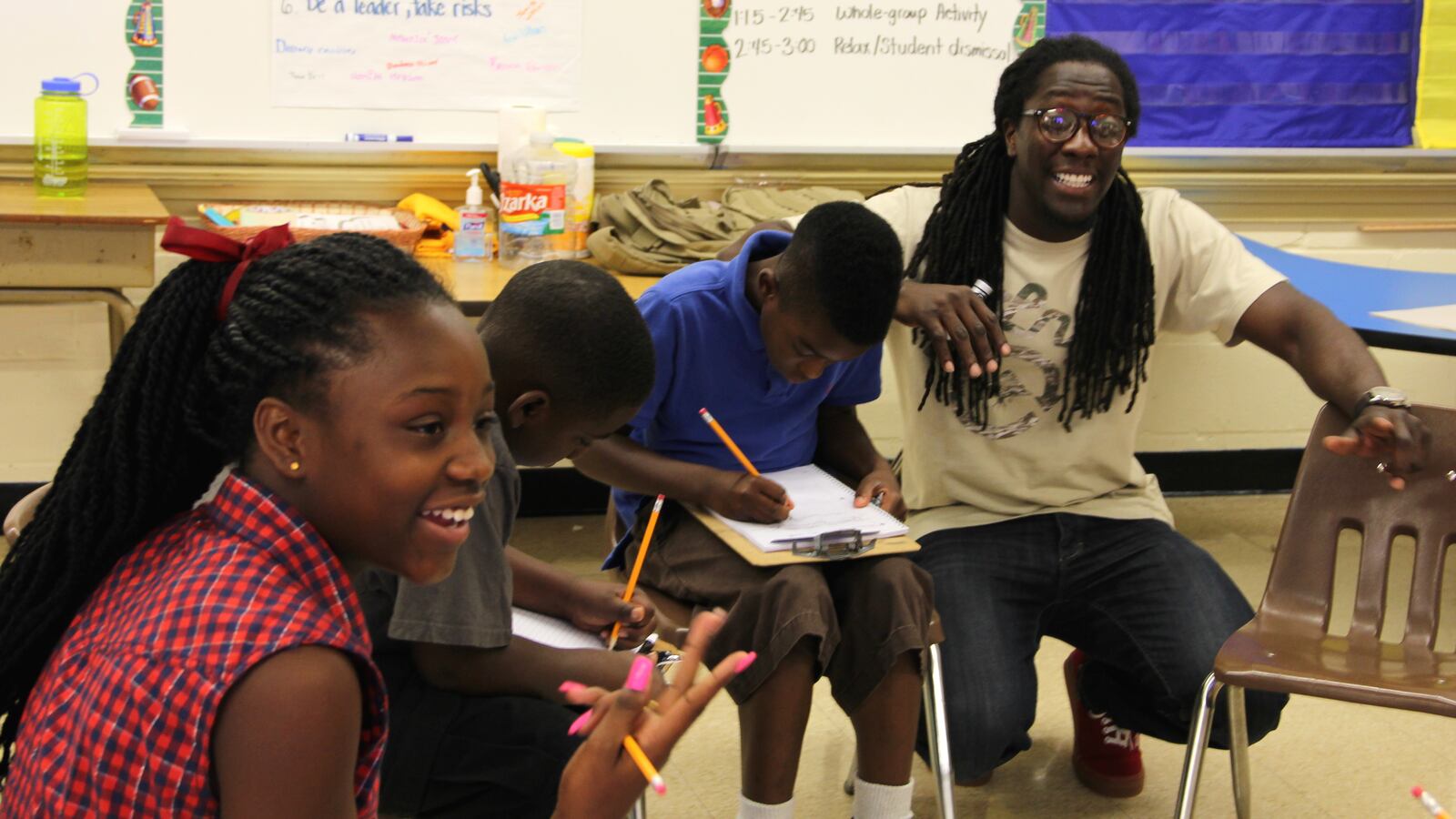The killings in Baton Rouge, Minneapolis, and Dallas this week have brought conversations about race and policing to the forefront of national conversation.
But for educators and students in Memphis, where about 70 percent of people identify as a person of color and 27 percent of people live in poverty, discussions about race, violence, and justice are part of everyday life.
Here’s what five Memphis educators had to say about sparking thoughtful conversations about social justice within their classrooms. (The interviews have been edited and condensed.)
Blake Barber, fifth grade teacher at Frayser Achievement Elementary School
Last year we talked about Tamir Rice because he is so close to their age and yet was seen as a dangerous threat by the police. In our classroom we have four corners of the class representing different emotions. Red is angry, blue is sad, green is calm and yellow is for happy. And, of course, all of them were in either red or blue and as their teacher I allowed them to articulate why they felt that.
My kids don’t get to be 10-year-olds, people look at them and see 21-year-olds. My role as a teacher is helping them form their own identity. And to do that, I’m making sure my fiction books have black protagonists. And making sure my nonfiction books have more than just slavery. African-American history is so much richer. All so they can form their own black identity. Part of that is making sure I’m well read and searching for elementary books with people of color to add to my classroom library.

One day a student told me he felt worthless and didn’t have what it takes to do well in school. When Black Lives Matter came out, it wasn’t just about police. It’s about an entire history of society telling them they don’t matter. Society is saying it loud enough that a 10-year-old student is picking up on that narrative.
I can go home at the end of the night and not have to deal with what they have to. As a teacher I’m asking, “How can I deal with my whiteness so I can help them deal with how society sees their blackness?”
Jade Anderson, first grade teacher at the Memphis Business Academy
It’s a coincidence that we have been reading a book about Martin Luther King and Rosa Parks and have been teaching the kids about segregation. In the midst of that, I first asked the students about the things they’ve been reading on the news, and then asked them what does that look like to them.
Since the majority of my students are African American, I asked if they feel like they are less than white people. Even today, do you feel that way? And they said yes. I explained to them why that isn’t the truth, and talked about why they are important. I wanted to instill in them how beautiful, strong, and powerful they are.
Jordan Mann, school operations manager and former algebra teacher at Hillcrest High School
I think we need to give our students a safe space to process what’s happening, especially because a lot of what’s happening is obviously racially motivated. And there needs to be a healthy way of expressing that frustration. Aggressive retaliation is not the answer.
I would always make a point of asking the students how they are feeling about what’s going on. Students too often aren’t given a space to process and express emotions about certain things. If they don’t, because they’re young, they’ll act out.
At first it’s often very difficult because maybe they’re not comfortable doing that especially with me, since I don’t have the same background. But over time as I keep asking and caring, they open up and we can talk about it. Teachers have a huge role to play in helping students process their emotions in a mature way.
Erin Magliozzi, math teacher at the Memphis Business Academy
One of the things that I was really kind of stumped on at the beginning of the summer is, “How do I make math relevant to my students’ lives and how do I make it relevant to what’s going on in the world?”
Some of the other teachers have been talking about the public housing issues and using that data to teach their math lessons. It allows them to be able to talk about how math is reflected in public housing issues. It’s not just about the content and numbers, but how you can actually use these skills to combat the issues that our students are facing every day.
We are always asked, “What’s the bigger picture that you’re trying to help connect your students to?” Whether or not it’s in the lesson plan, we can always make those connections and help our students make those connections, to set the stage for safe, empowering conversations of how we can combat these issues outside of the classroom.
Jocquell Rodgers, Green Dot Tennessee leadership, former teacher and Memphis native

Yesterday, my husband and I were walking in the park recently and there were these little kids maybe 5 to 9-year-olds. And they said to my husband who is real big and tall and they said, “Hey, police!” We didn’t turn around but we were the only ones in the park. My husband turned around and the child said, “F*** the police.” That really goes back to what is going in the community. We really have to spend some time talking to our children about the role of the police. Even though there have been some negative things happening in the community, the police are there to protect and serve. I really do believe that. There’s some bad teachers. There are bad people wherever you go. But I believe most police officers are there for the greater good.
Every day for 30 minutes, our middle school students have “advisory” where we normally do character development. And when tragedy strikes, that is a time we can talk about it.
In our high schools, teachers engage with students on current events through the text they are studying. We connect “To Kill a Mockingbird” or “Just Mercy” by Bryan Stevenson with social justice issues going on today. We help our students understand social justice.
We really try to work with student and teacher mindsets. We have a different responsibility in school now. Our responsibility is to educate children not just academically but socially. And emotionally we have a greater service to children than we did when I started teaching in 1998. We didn’t live in a digitally open society. We didn’t have this greater awareness of what was happening in the rest of the world unless you watched the news. And children didn’t watch the news. So it was like you were on your own island. But now, everything is right here in your face and you can’t get away from it. It is so important that we have conversations with our employees, with our children. We have a responsibility to teach social relations including with the police. It’s both processing what’s going on in the world and how to respond. Teachers need to be able to build that kind of relationship where students will talk with them about it.
Chalkbeat reporters Caroline Bauman and Grace Tatter contributed to this story.

